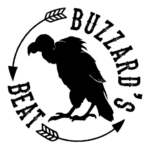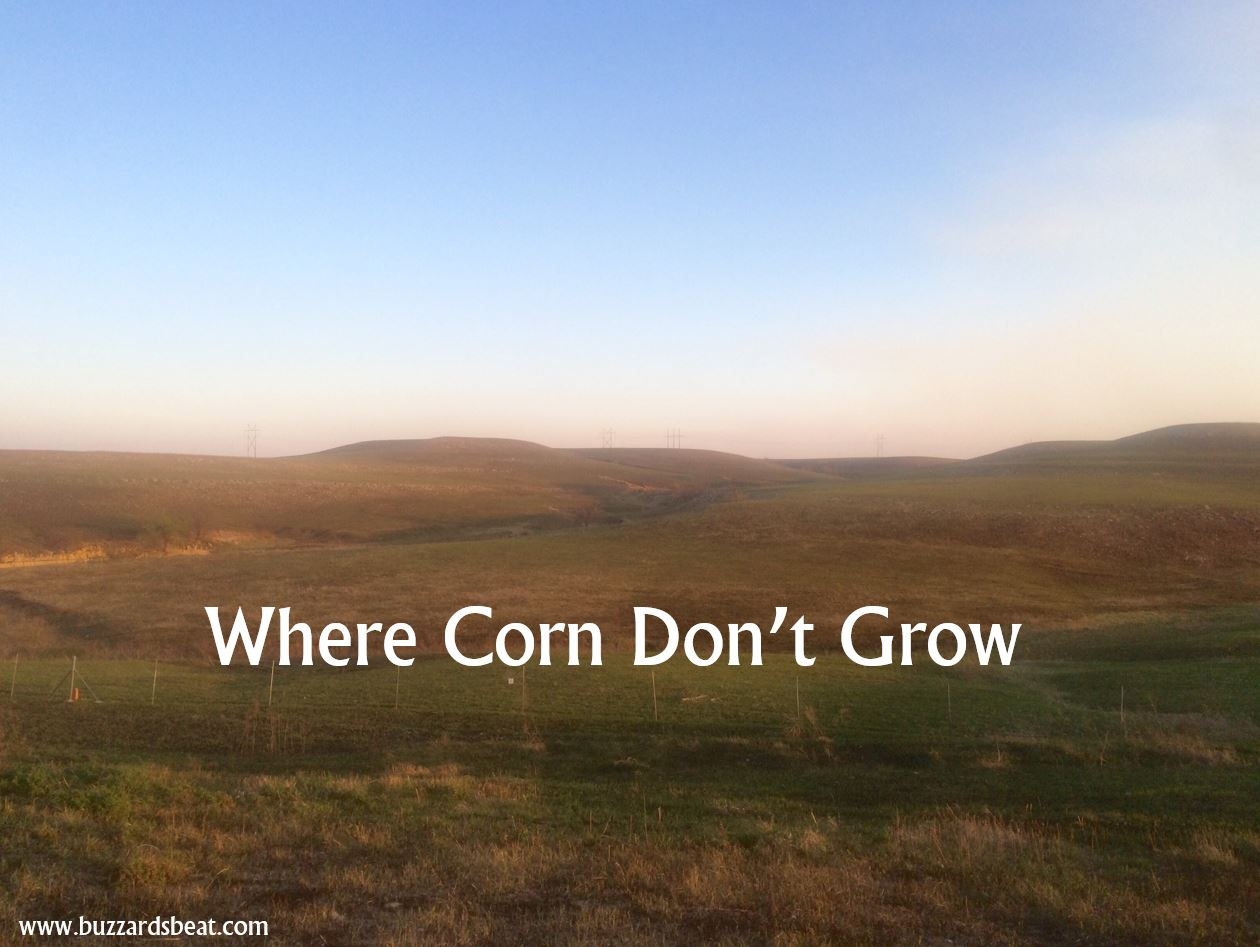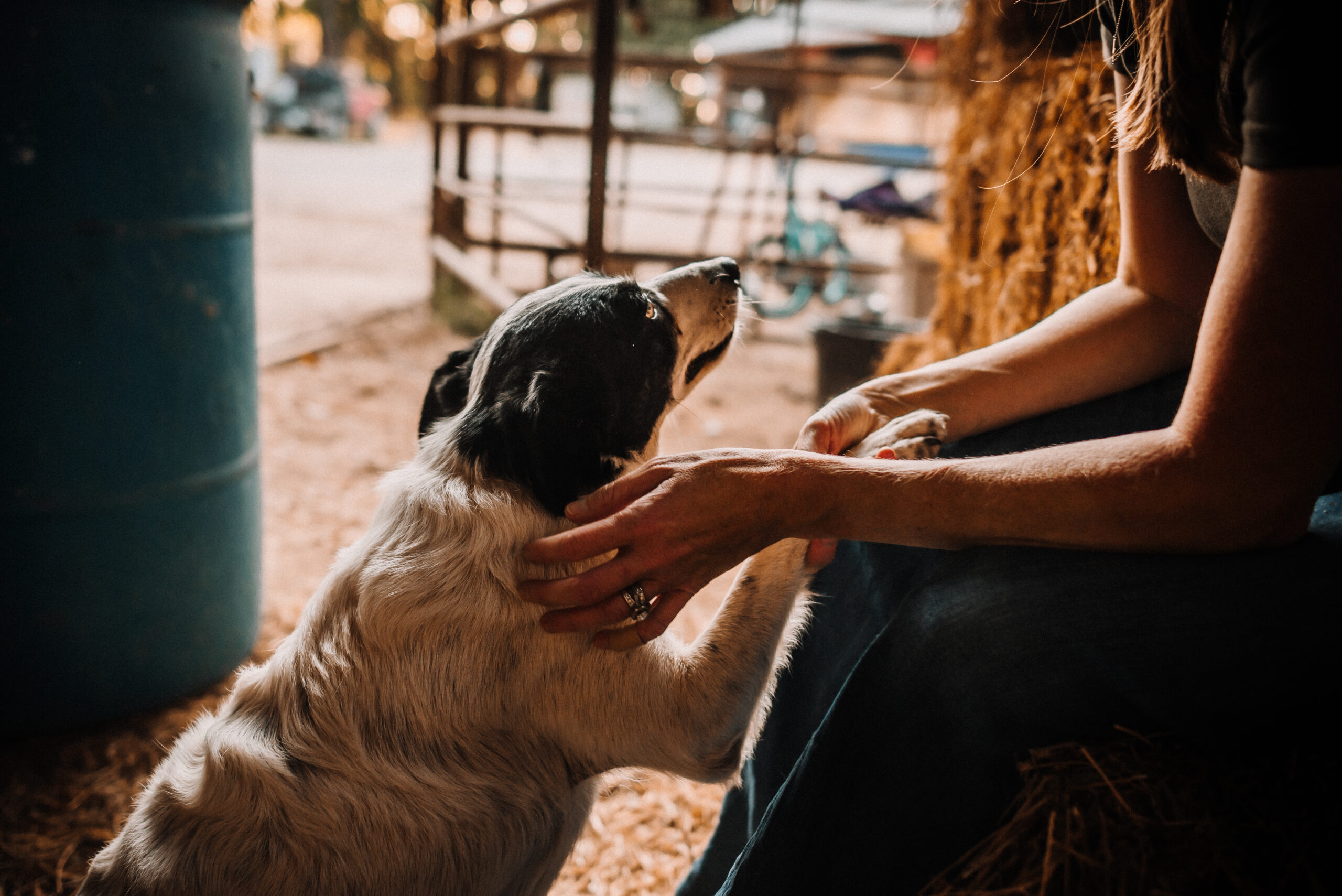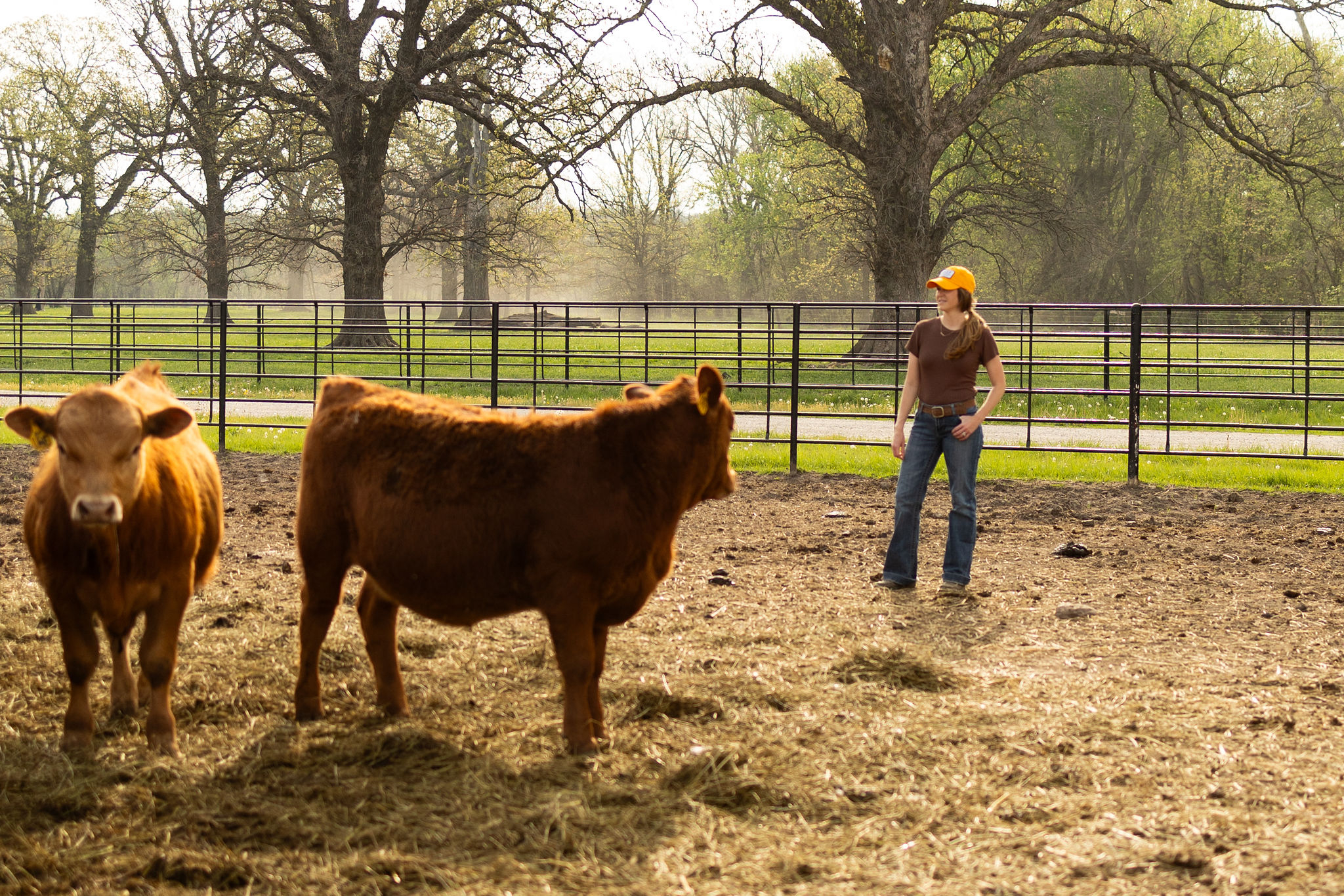I lived in the Flint Hills, which are nestled in the middle of Kansas as part of the Tallgrass Prairie, for nine years. I truly believe that Kansas is the most beautiful place on Earth and if you’ve ever driven through the Flint Hills, you’ll probably agree it’s a downright gorgeous place. And it’s ideal for raising families and cattle. Acre upon acre of rolling prairie pastures that provide high-quality nutrition and expansive space for cattle to grow and thrive.
What you won’t see a lot of in the Flint Hills or throughout the Tallgrass Prairie are fields of corn, wheat or soybeans. Remember, these are the Flint Hills meaning they are a source of extensive amounts of the hard, grey rock. On any given acre of the Flint Hills, there’s about three inches of topsoil and then BAM – rocks galore. Additionally, the second operative word is “hills.” Hollers, bends, twists, hills and drop-offs are common. Cattle can navigate these relatively well while tractors and trucks are not so skilled.
There are many people who think we should stop raising cattle and instead convert all the land that is used for grazing into land for raising crops. Well folks, as Travis Tritt says, the Flint Hills are where corn don’t grow. I challenge anyone who wants to convert said grassland into farmland to drive out here to Kansas and take a glimpse at what lies beneath:

This is just a snippet of picturesque rolling hills. Look right where the skyline meets the horizon there in the left side of the picture, see that light coloring? That’s rock – and lots of it. Look directly to the other side of the photo, right side halfway down. Rock – lots of it. In the foreground, notice that big ole ravine.
These are the Flint Hills, prime ground for grazing cattle not raising corn. I don’t know of a single farmer who would want to drag a cultivator, planter and finally, a combine, across those rocky, uneven hills. That would be hellacious on their equipment.
The truth is that 85% of U.S. grazing lands, including the Flint Hills, are unsuitable for growing crops. Utah, Montana, Kansas and many other states graze cattle on rangelands that would not support normal crops. By utilizing these lands for grazing cattle, we are able to more than double the amount of land that can be used to raise food. We actually raise cattle in all 50 states – not many other animals or commodities can claim that (although corn is one of them).
Did you know there are many reasons that grazing cattle on pasture is beneficial to the land and environment? Here are a few:
- Environmental efforts by beef producers help manage and protect more than 500 million acres of permanent grassland.
- Those millions of acres of grassland are home to 75% of America’s wildlife – if those acres were plowed up hundreds of species of deer, birds, rodents and other animals would lose their natural habitat.
- Cattle grazing also contributes to the control of noxious weeds, can help prevent wildfires and encourages healthy root systems for plant species.
So the next time you read something about how cattle aren’t efficient, remember the Flint Hills, the Tallgrass prairie and Travis Tritt.
Until next time,
~ Buzzard ~



